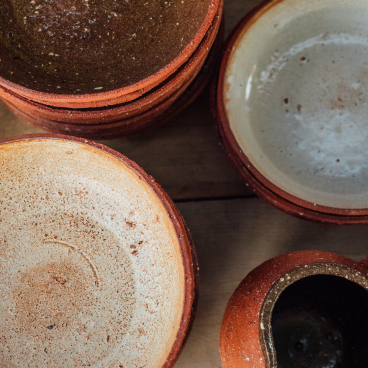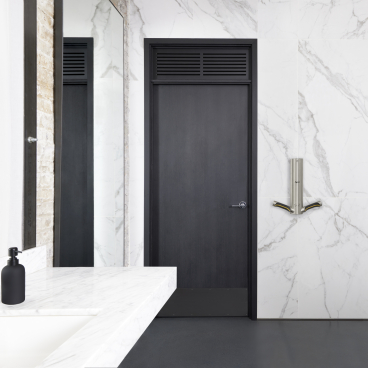Peter Sproule, design director, Moda Living on navigating the rental market, ESG & knowing your BTR from your PRS.
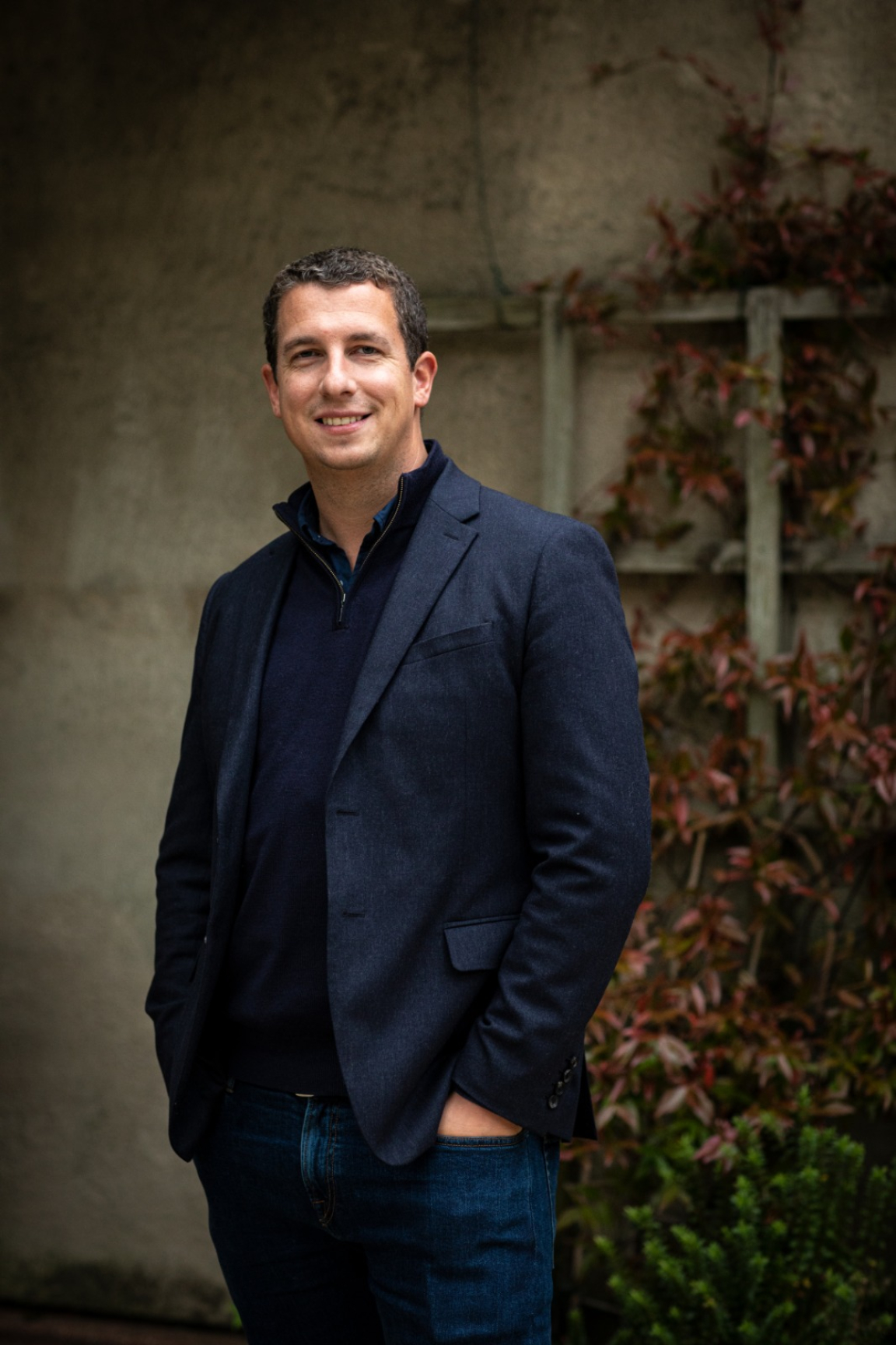
The private rental market has conquered new frontiers in recent years, with a plethora of anagrams injected into the residential sector in the process - many of them widely misunderstood and fraught with misconception.
To help myth-bust some of the most common misconceived terms, and to fill us in on the exciting developments currently taking place in the world of resi, BTR pioneer Peter Sproule, design director at Moda Living, talks ESG, co-living and community building, expanding on his points raised in our recent MSS Presents Future of Residential seminar.
Over to Peter...
Can you please introduce us to Moda Living?
"Moda Living is a vertically integrated investor, developer and operator of best-in-class rental communities across the UK. As the UK’s largest purpose-built rental company, Moda’s current pipeline consists of 18,800 units across the UK with a GDV in excess of £6.5bn, and with £1.5bn currently under construction.
"Moda’s mission is to deliver and operate next generation spaces for people to live, work and play. We are on a mission to deliver the world’s happiest, healthiest, and most sustainable communities - powered by tech and designed with live data and a focus on best-in-class customer service that puts resident wellbeing at the heart."
What is the difference between build to rent (BTR), co-living and PRS?
"BTR is purpose built rental-only accommodation. It is full size apartments with separate kitchen/living, bedrooms and bathrooms, generally designed to NDSS (National Described Space Standards). As well as your home, rent in a BTR neighbourhood includes a range of amenities included in your rent. Moda’s BTR neighbourhoods have 24/7 gyms and concierge services, private dining rooms, cinema rooms, roof terraces, sky lounges and more. In Birmingham, Moda just opened The Mercian, which has the city’s first open air 200m running track on its roof. Rent periods in BTR are typically 12-24 months, but can be longer.
"Co-living is studios with an open plan bedroom, living/working area, small kitchenette and en-suite. Typically there are communal kitchen areas to serve a small number of studios and shared communal amenity spaces similar to BTR for all residents. Rent periods are typically 3-6 months but can be 12 months or longer.
"PRS is the Private Rented Sector and refers to any property that is owned by a private landlord and rented out as housing. This could be a single buy-to-let house or apartment and generally does not come with shared communal amenity spaces or the service and lifestyle offering that BTR provides."
What are the common misconceptions associated with the BTR concept?
"BTR is still quite misunderstood by many. There is a common misconception that BTR is only for higher earners or young affluent professionals, however, Moda provides a range of unit sizes and rent levels from studios to 3-bed apartments to cater for all price points. We also include superfast wi-fi within our rents, discounted bills due to bulk purchasing of energy, as well as use of all amenity spaces on site and a year-round resident event schedule, all of which would not be offered in a standard PRS buy-to-let apartment.
"The BTR model is about generating long-term sustainable rental income. To achieve this, rents need to be priced so that there is a high level of occupancy and at prices customers can sustainably afford. We also offer zero deposits and fully furnished units with Samsung appliances and electronics and superfast wi-fi making it very easy to move in, as well as flexible tenancies allowing residents to extend or upgrade at any time.
"Many people in the UK still see home ownership as the main life goal and renting as a ‘stepping stone’ but the perception of longer-term renting is changing. Most of our residents are making a lifestyle choice to rent for various reasons such as not being tied down to a long-term mortgage, wanting the flexibility to travel, or just wanting to live in a great community and meet interesting people. The average age of first-time buyers is rising and the average deposit amount is now £60,000 (£130,000 in London) therefore rental accommodation provides a great option for many people."
What are the benefits of BTR?
"BTR provides high quality rental accommodation for all age groups and a fantastic lifestyle offering. Our youngest resident in Angel Gardens, Manchester is 2 weeks old and our oldest is 86 years old. BTR can provide multi-generational communities which can help combat loneliness and create thriving environments for young people to live in. Bespoke programmes of events designed around resident interests bring the community together. There are no hefty deposits, superfast wi-fi is included in the rent, and pets are more than welcome, allowing our residents to feel at home.
"Moda builds next generation neighbourhoods with a focus on community and health and wellbeing across a range of platforms. Our market leading 'Homes for Life' concept provides people of different demographics and price points with a place to call home at every stage of their life. The MyModa App is a fundamental part of our resident experience. This allows our residents to monitor their rent, bills and energy usage, manage parcel deliveries, report faults, book onto events, and join groups with hundreds of other residents in the building.
“A new service we’re rolling out also gives residents access to real time data on their energy use and sustainability performance. On a new platform in the MyModa app, they can monitor their utility outgoings and get bespoke tips and tricks on reducing these. Also, because it buys renewable energy in bulk, Moda is able to sell energy back to its residents at lower costs than comparable homes in the private rental market."
The pandemic has proven the business case for BTR and the sector has remained resilient throughout
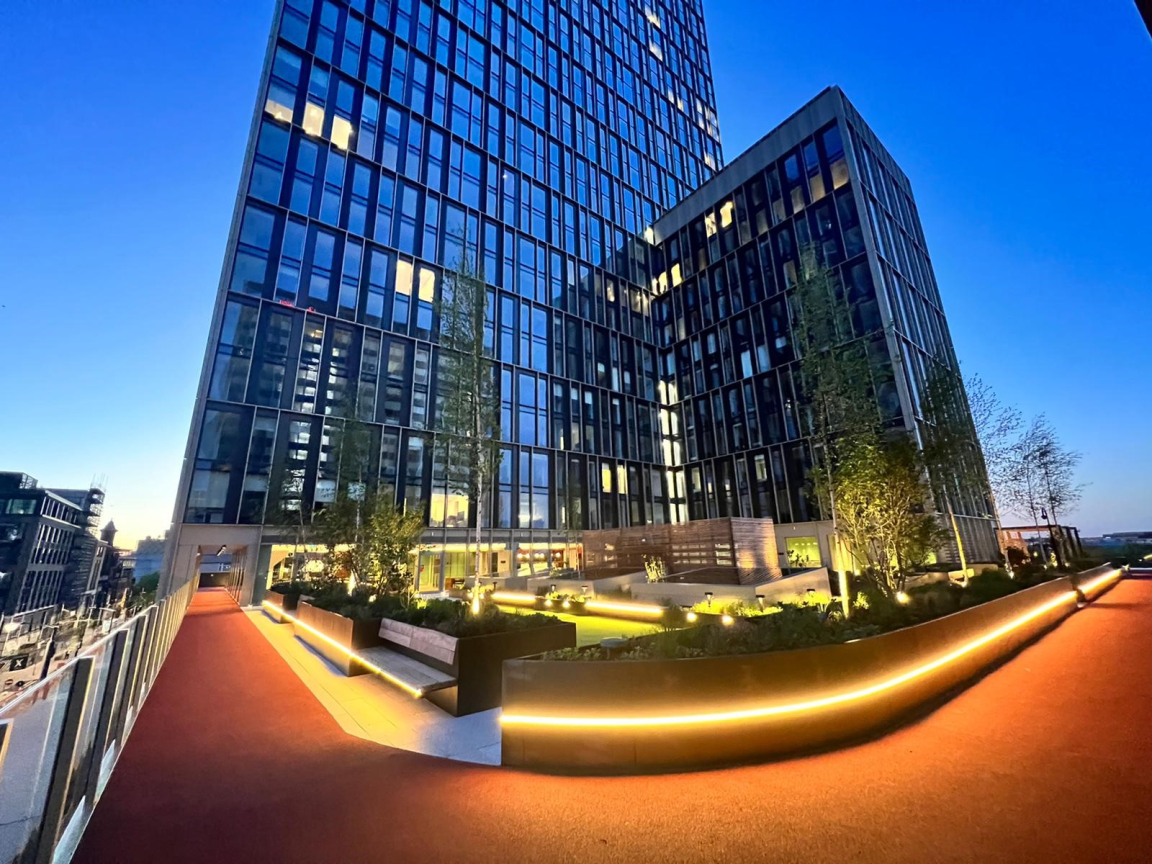
The Mercian
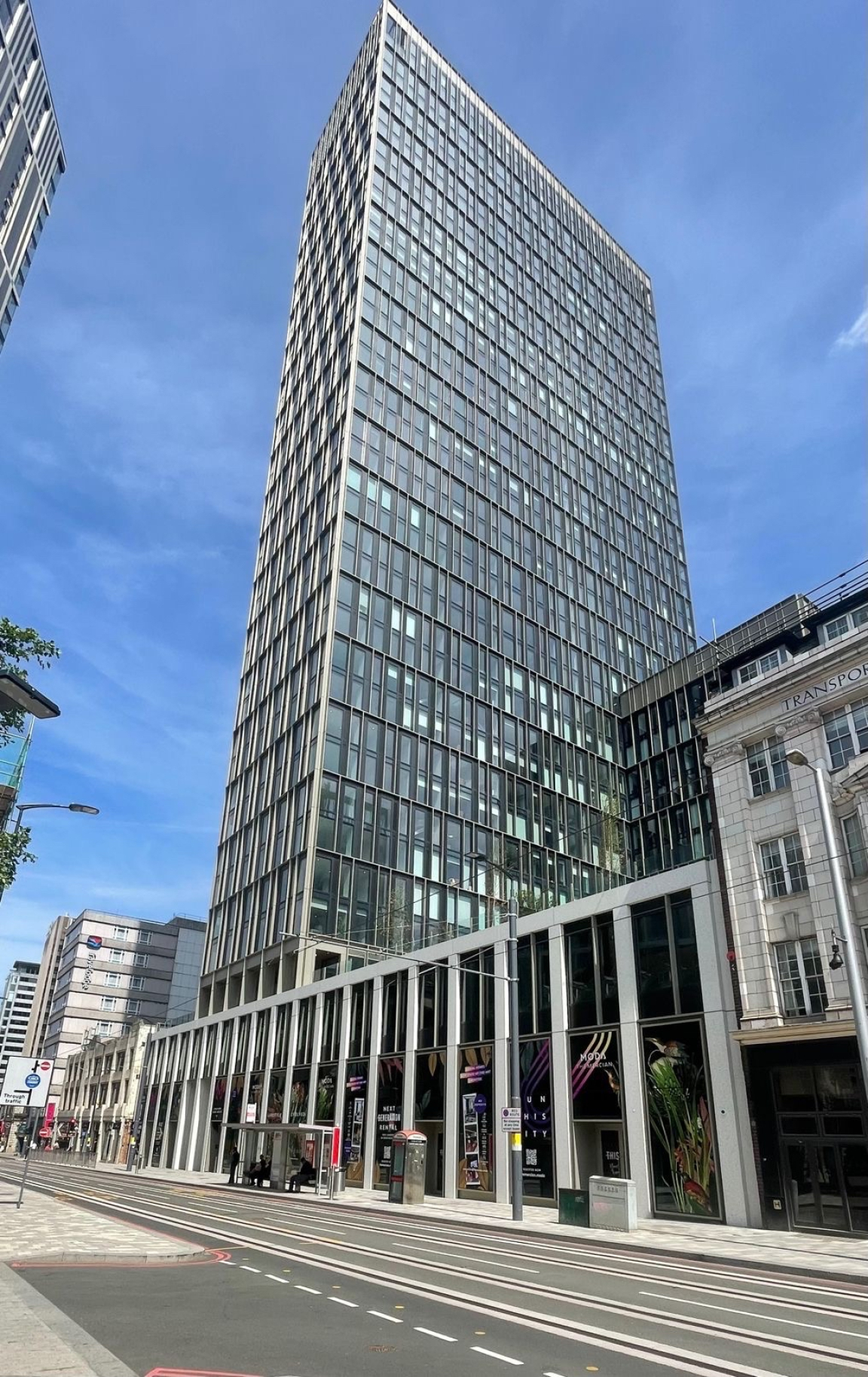
The Mercian
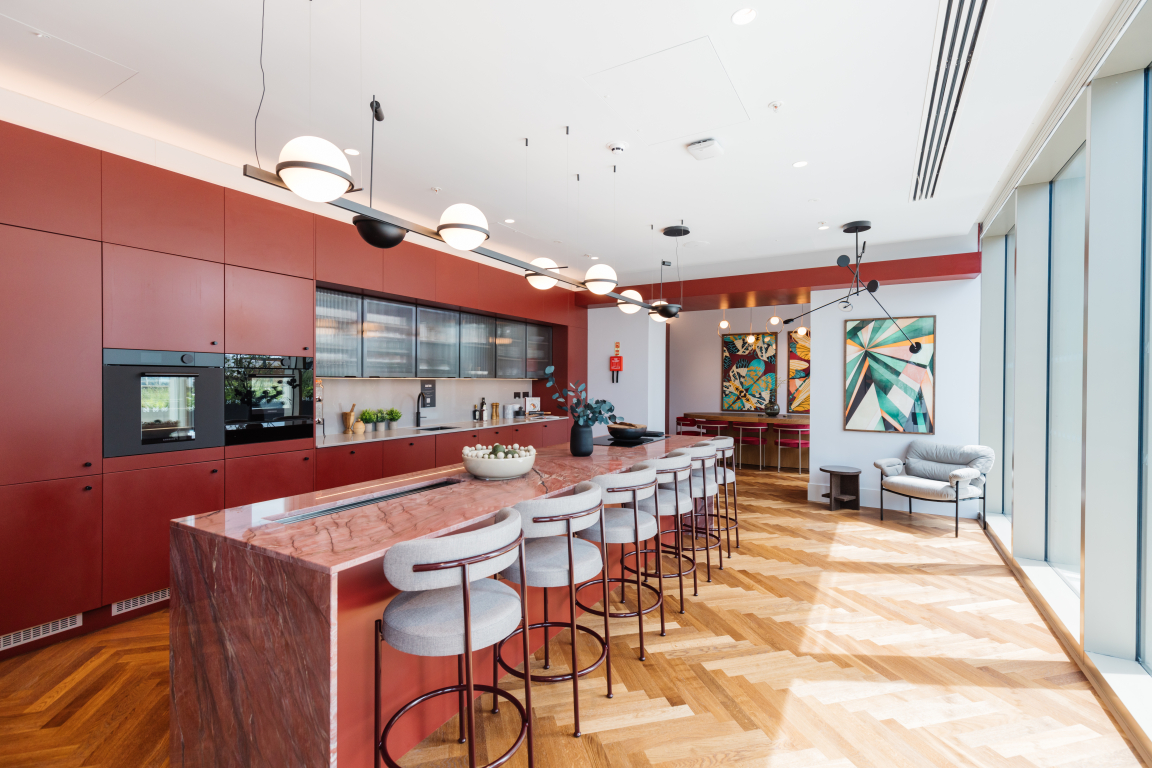
The Mercian
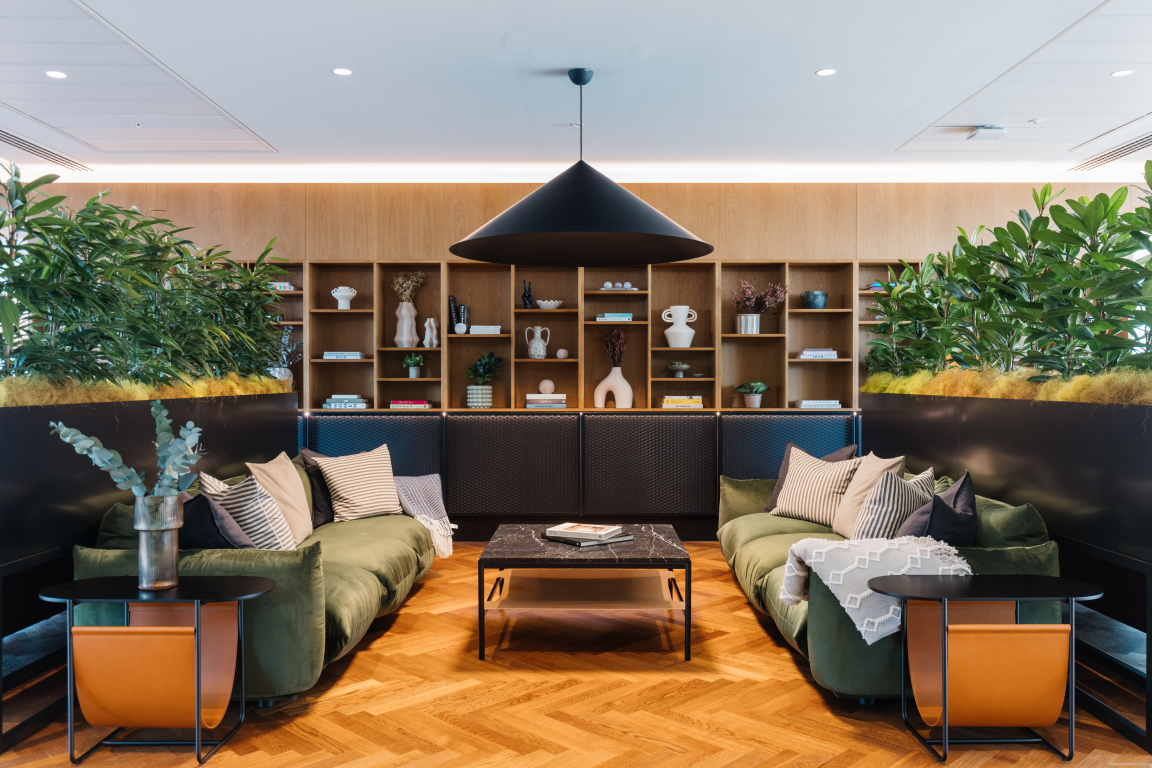
The Mercian
Is BTR here to stay?
"There is a chronic housing shortage in the UK and the Government has challenged the industry to build 300,000 new homes every year to match demand. BTR is well placed to help fuel the housing market, levelling up strategy and provide high quality modern and sustainable homes for the UK population. The BTR sector can help drive the government’s commitment to net-zero by 2050 and a sustainable recovery from the pandemic, whilst stimulating the behavioural change required across the industry.
"There are currently 29 million homes in the UK (ONS) and 1 in 5 people live in rental homes (Statista). By 2039 it is expected that 1 in 2 people (50%) will be living in rental homes. The BTR sector is growing but still only accounts for 2-3% of the entire private rented sector in the UK, therefore there is scope for much further growth in BTR. In addition, a recent Knight Frank report stated that Institutional Investors surveyed have earmarked £75 billion to deploy across residential investment sectors over the next 5 years. The report also states that 23% of institutional investment in the BTR market in 2021 was from new entrants to the UK market, therefore activity is being fuelled by a deepening pool of capital looking to target residential as a core investment strategy."
How has the pandemic impacted the rental sector?
"The pandemic has proven the business case for BTR and the sector has remained resilient throughout. The BTR sector has had to adapt quickly to the pandemic, however the work from home revolution has meant that residents place more value on their homes as a result of the lockdowns, with more emphasis on design, outdoor space and safe shared communal areas on site. Fortunately, our purpose built BTR schemes accounted for much of this already pre-pandemic therefore were in a strong position to meet post-pandemic resident needs. The design of flexible amenity spaces is crucial to meet future resident requirements.
"The service offering that BTR can provide has also proved important to many people who are isolating and require help with groceries and other basic needs. Moda’s Utopi smart sensors allowed us to monitor amenity space usage, room capacities, as well as cleaning regimes which has highlighted the importance of prop-tech within BTR."
What other advancements are happening in the world of residential right now?
"ESG is a hot topic currently and all stakeholders from investors, developers, operators and designers are looking to make their buildings more environmentally sustainable. Moda has recently launched its ESG Strategy, based on the UN’s Sustainable Development Goals, called Next Generation Futures, which we are implementing across our pipeline. ESG is embedded in all Moda Living operations, from planning and development to long term operation. Our overall aim is to help people in our local communities to live happier and healthier lives. Moda is also targeting net zero operational carbon by 2030.
"Moda is the first business to be rolling out a data-driven proptech platform from Spike and Utopi which gives residents access to the data from Utopi smart sensors in our buildings. This allows residents to monitor their energy usage in real time, helping them to reduce consumption and bills, along with their increasing desire to be green and sustainable. At the same time helping Moda communicate transparently about the building’s energy usage and drive down carbon emissions across our portfolio. The platform will also provide residents with personalised hints and tips they can use to make small changes that will have a big impact on their utility spend.
"MMC (Modern Methods of Construction) is also an important topic and Moda are looking at ways of delivering our projects faster, more efficiently and with much less waste."
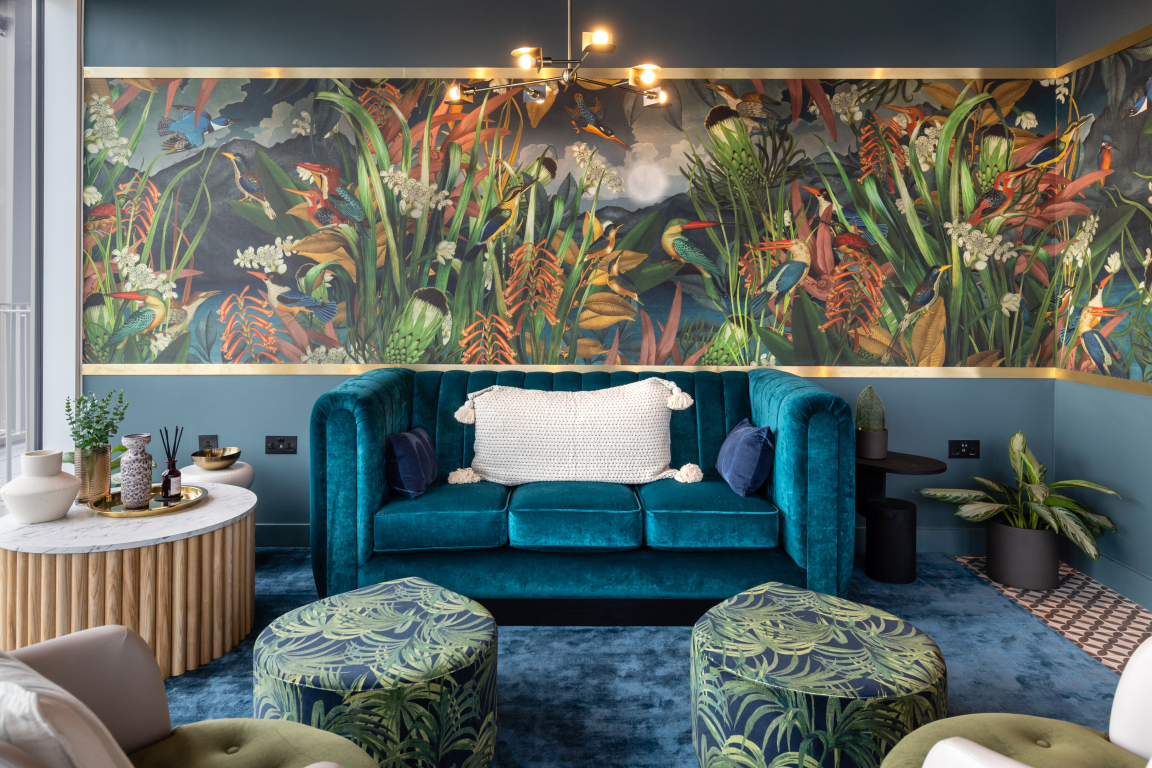
Edinburgh The McEwan
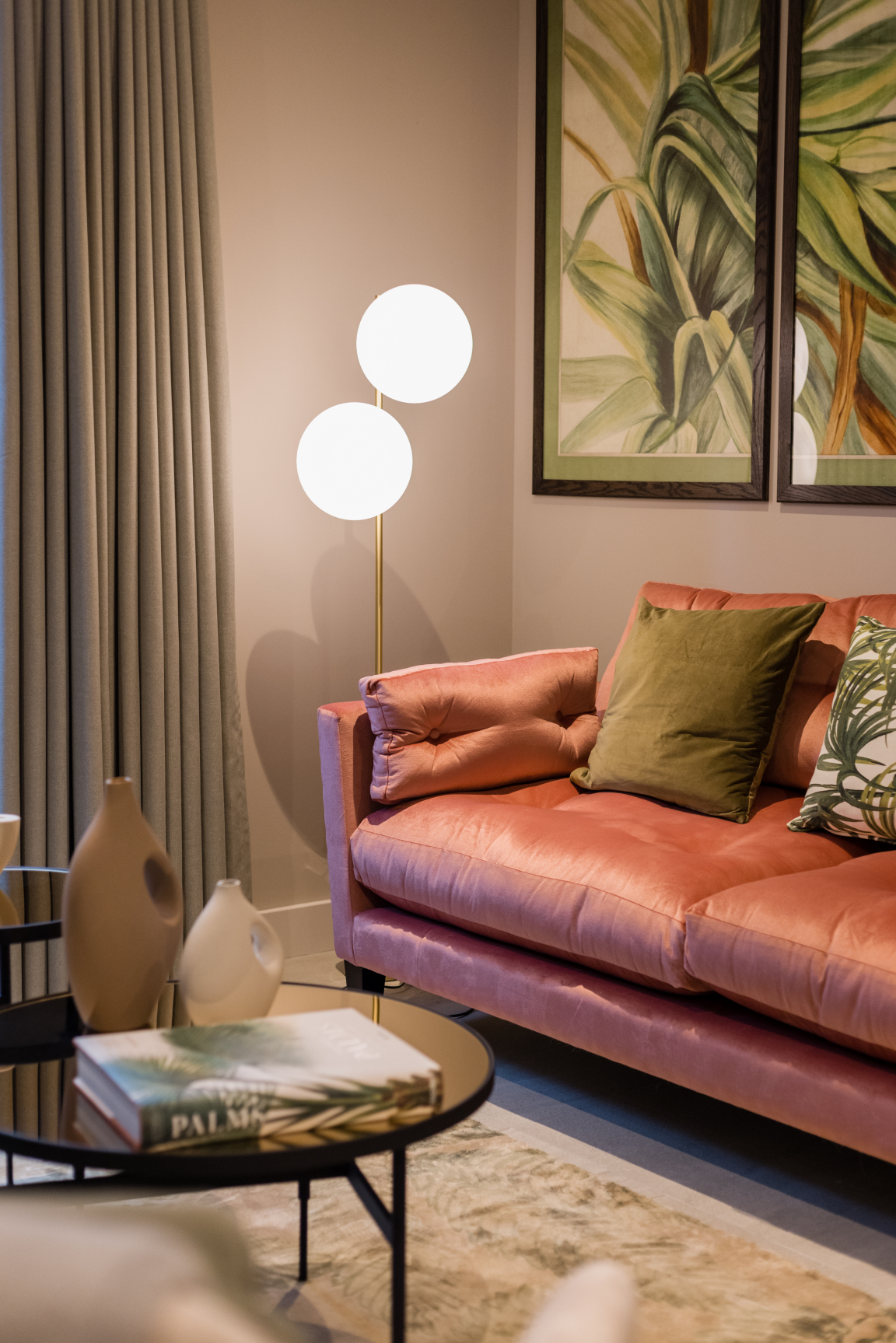
Edinburgh The McEwan
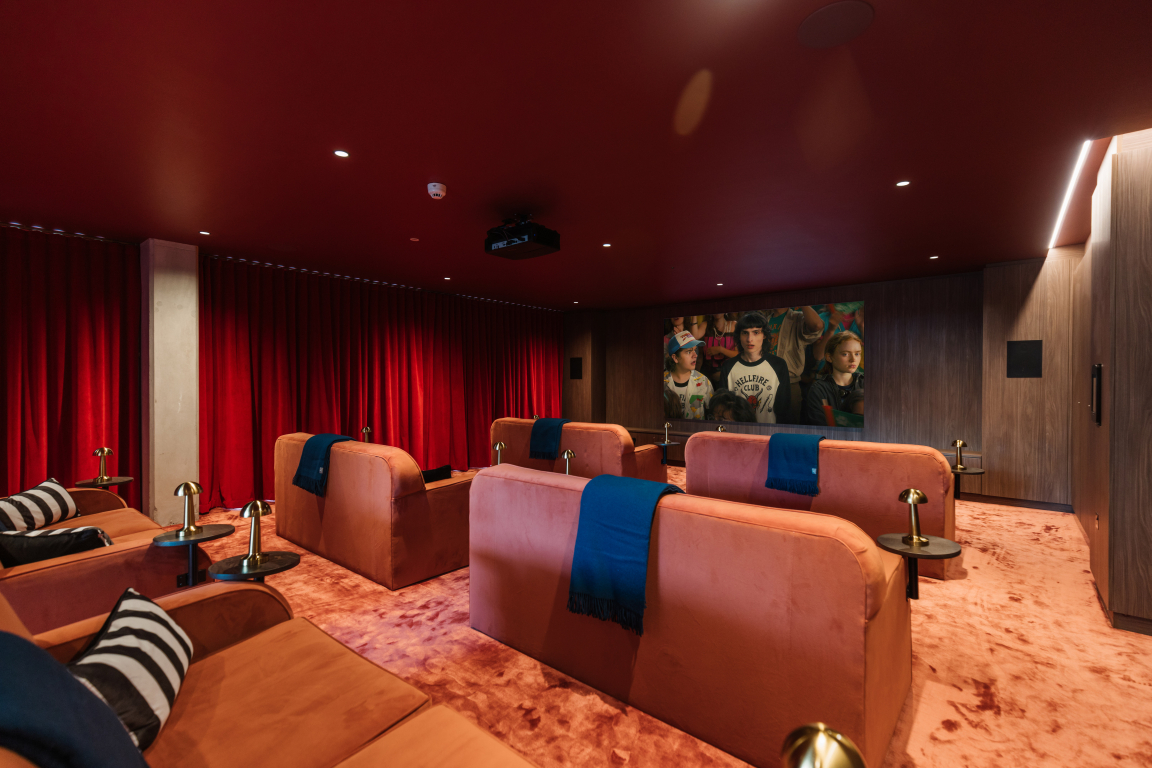
Leeds NYS
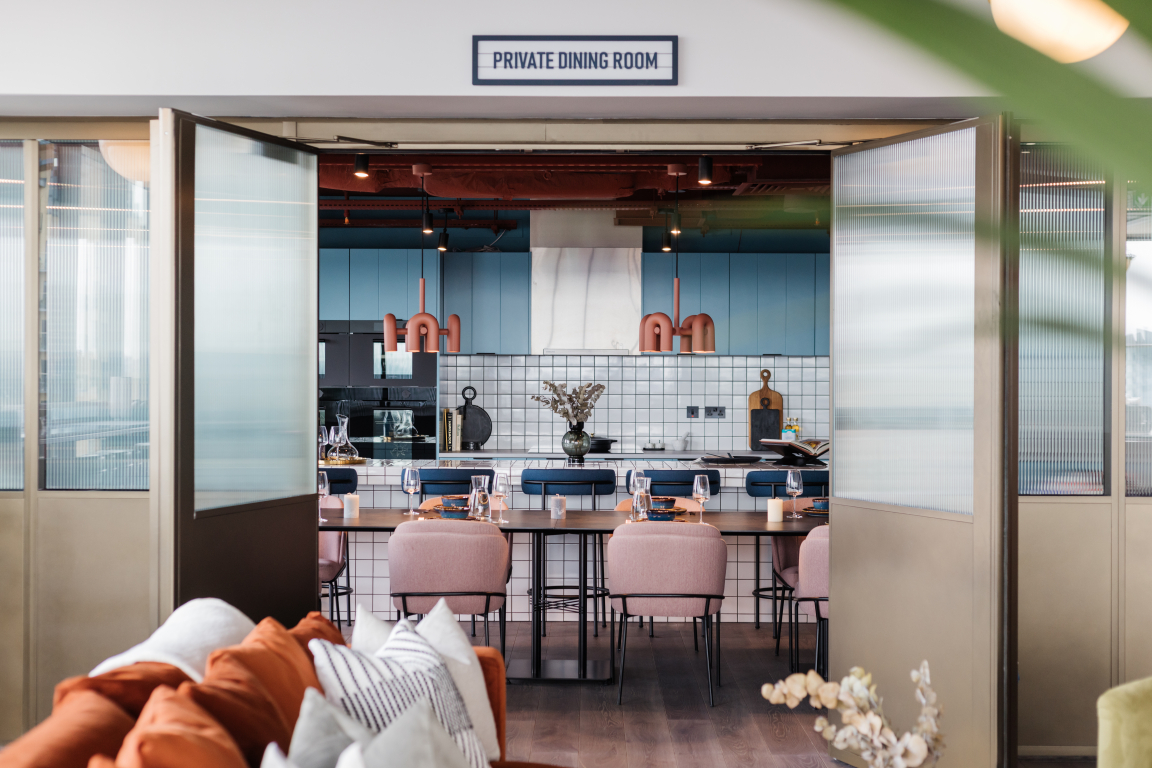
Leeds NYS
What’s next for Moda Living?
"The BTR arm of our business is well established now with over 2,000 apartments operational and over 3,000 apartments under construction across the UK with many more on the way. This year we are opening BTR communities in Birmingham, Leeds and Edinburgh, and next year in 2023 we are opening in Glasgow and Hove.
"At the end of 2021 we launched Casa by Moda, our suburban Single Family Housing (SFH) offer, aiming to deliver 5,000 homes by 2025. The homes will have the same tech-based approach as our city centre BTR apartments, providing resident groups and events for the communities.
"We have also launched a studio living platform with the aim of delivering 1,000 studio homes per year in London and the south-east. A recent report by Savills estimates that the target market for co-living is 725,000 young professionals between the age of 18-35 currently renting so there is strong scope for this sector both in London and the regions."
And what’s next for the BTR sector more generally?
"Currently there is a big focus on ESG and how the sector can build more sustainably. Not only will this allow us to reduce carbon, but also look at ways to save residents money on energy costs, given the current cost of living crisis. Prop-tech will form an important part of the BTR offer moving forwards – this includes access to live data for both operators and residents, helping to create a seamless resident journey and provide operators with the information they need to manage assets efficiently.
"BTR investors, developers and operators are becoming increasingly aware of the benefits good design can bring to rental accommodation. From the apartments to the communal spaces the sector is placing more emphasis on design which is lifting the benchmark across the industry. In our latest Homeviews report, where residents can review the buildings they live in, ‘Design’ rated highest out of all categories on live Moda sites. It’s good to know we are delivering on our resident’s expectations!"



